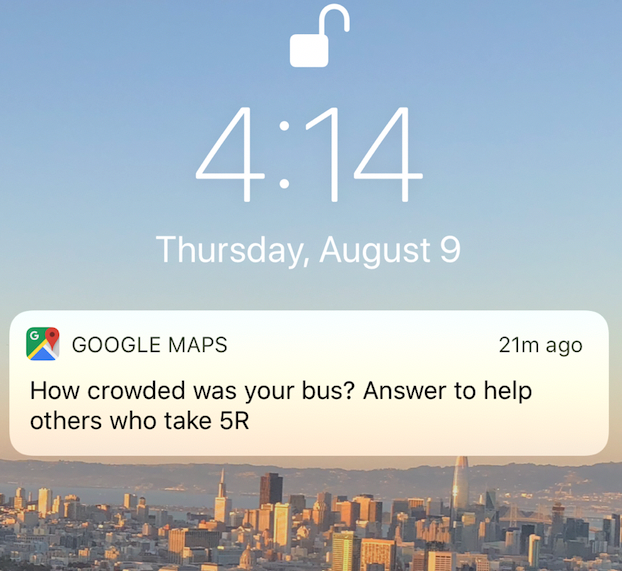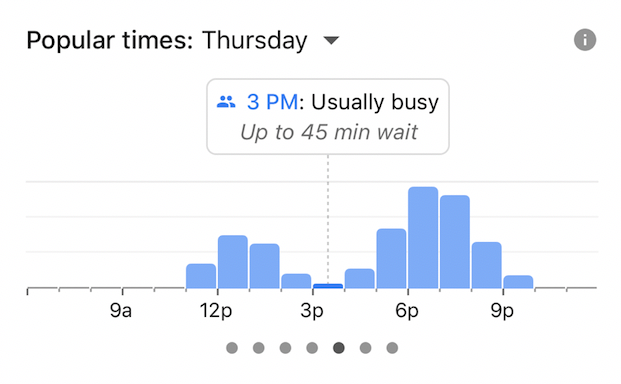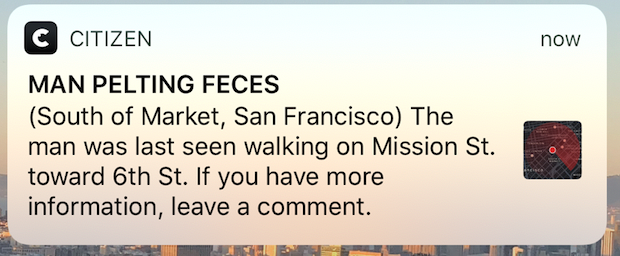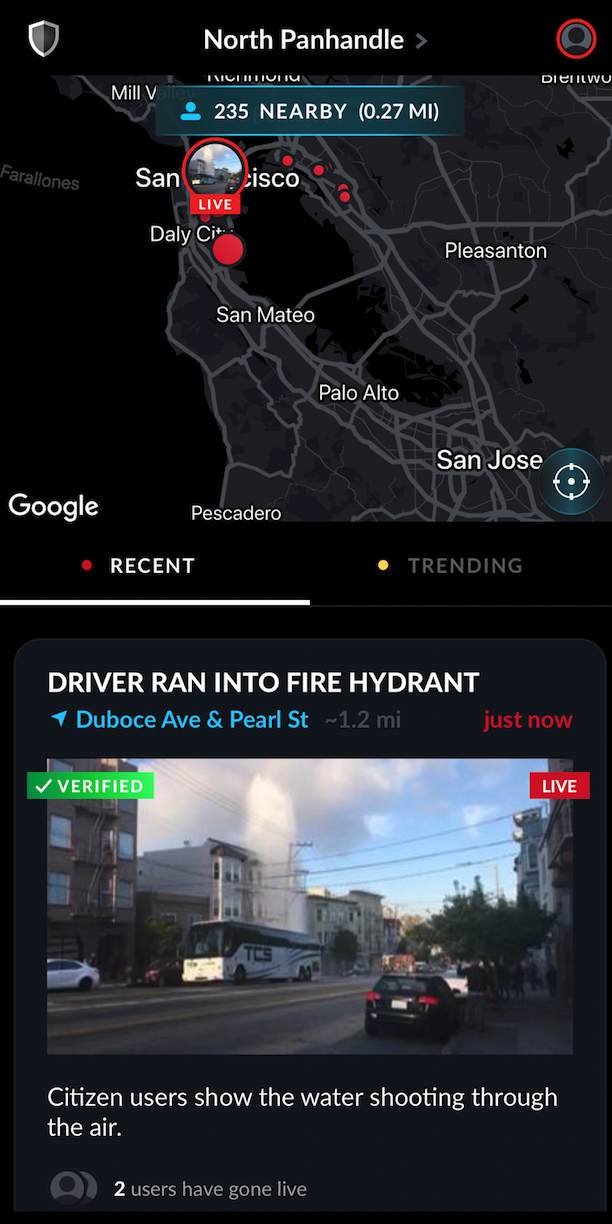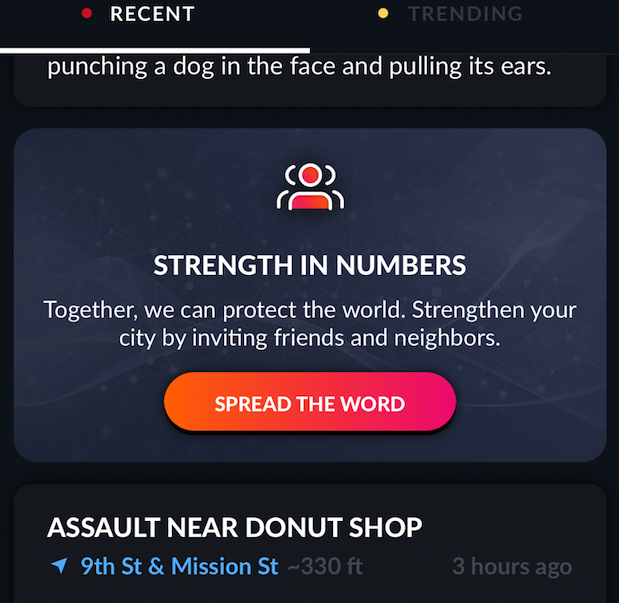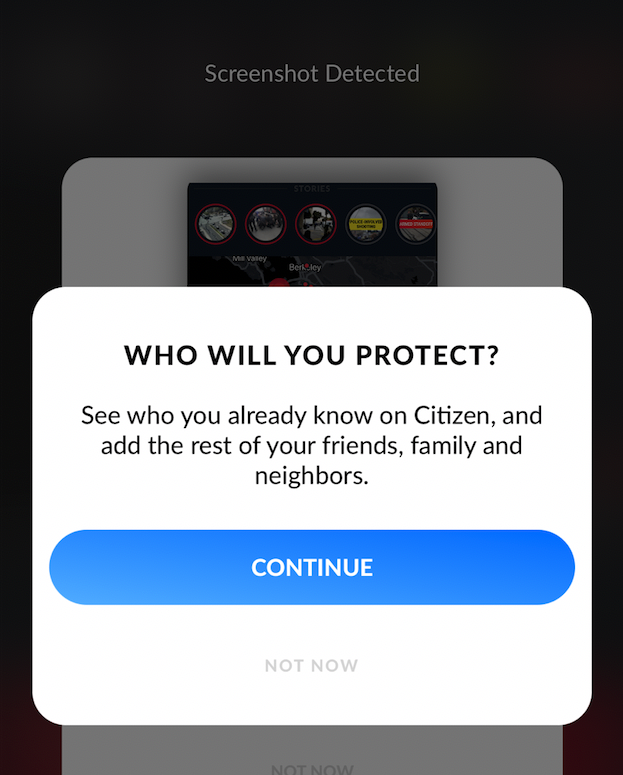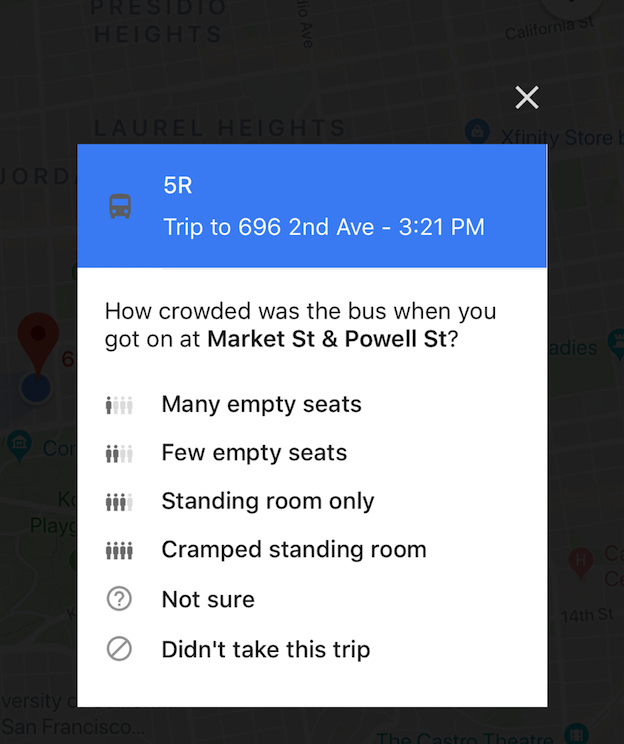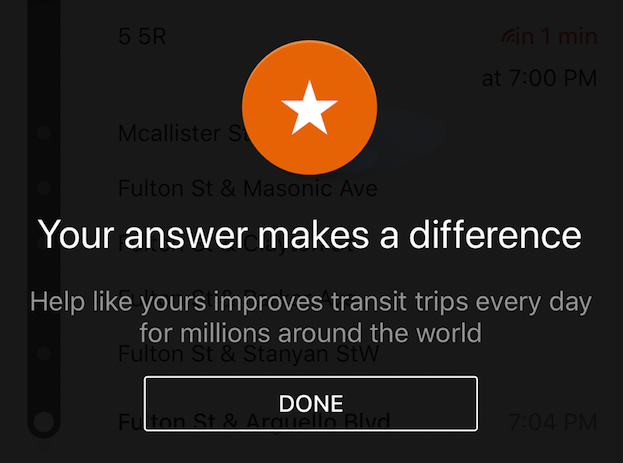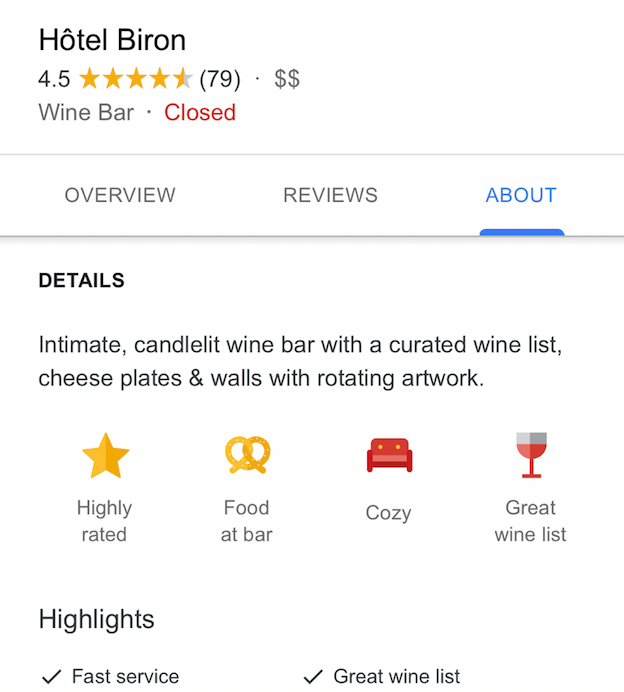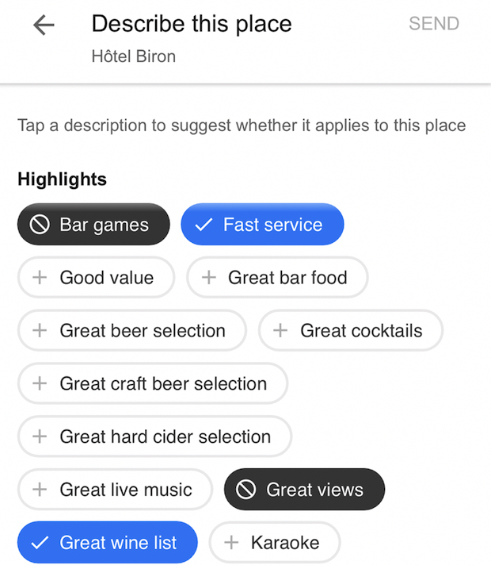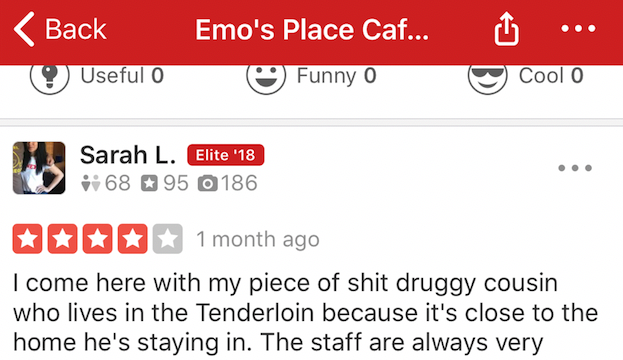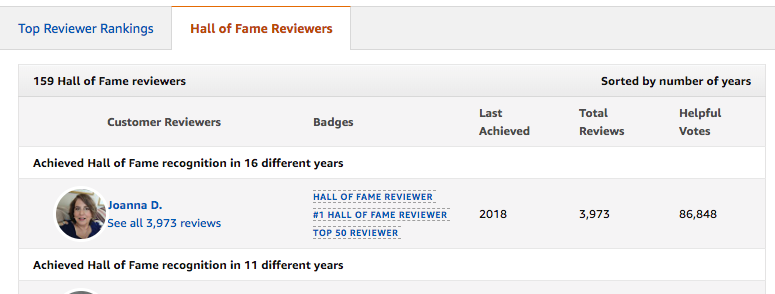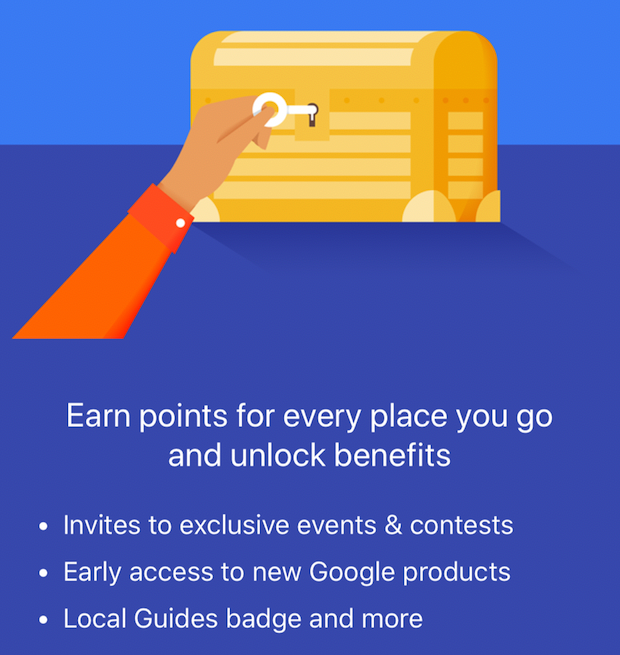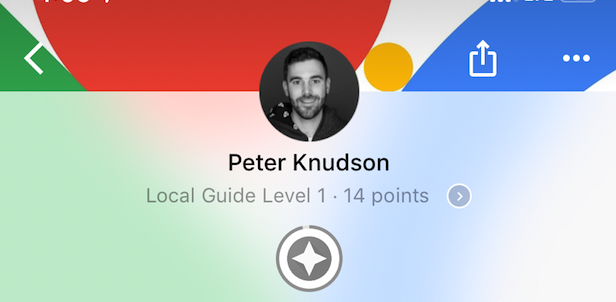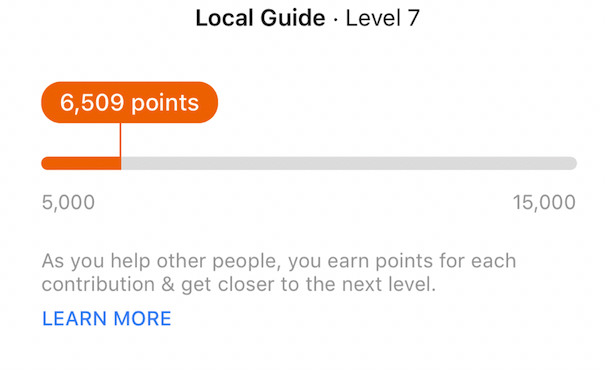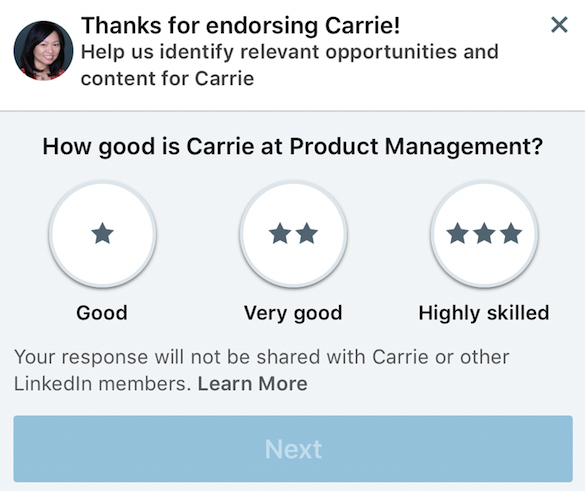Latest news about Bitcoin and all cryptocurrencies. Your daily crypto news habit.
The Golden Age of Crowdsourcing
We’re witnessing innovative and useful crowdsourcing design from just about vertical in tech. Developers need to implement an experience that incentivizes user input get data that creates their competitive advantage. I would hazard a guess that we’re in the golden age of design meeting data.
Crowdsourced information is the most interesting flavor of data because the users are opting in — freely providing the developer with valuable info that previously wasn’t able to be collected. This data is key because it creates a competitive advantage; every developer has access to the same Map information, for example, so users switching costs are high and creating a unique value proposition for another Map app can be difficult. But if you can leverage user-input you might have something no one else can get.
The fundamental mechanism of crowdsourcing is the incentives behind it. A user will supply real-world data to the developer and get something in return. This article is going to highlight some unique examples of how developers have created a defensible value proposition through crowdsourced data, and what they were able to do entice users to engage with that ecosystem.
Let’s define crowdsourcing.
Before we dive in, it’s worth highlighting that Crowdsourcing is a different type of user input than normal user-generated content, such as an Instagram story or Facebook post.
Crowdsourcing is the collection of data that computers couldn’t do. A computer couldn’t pull data about a small bungalow hostel in the middle of South East Asia, but a human can — and the developer gets closer to having a database of how many bathrooms exist in hostels around the world. This important data acquired by the collective conscious which the developer can then use.
The collection of this unique dataset requires an exchange of value. Users generally won’t voluntarily do an action unless they’re rewarded in some way. The data provided could, in turn, give the user some sort of status, or that the information provided gives increased value out of the service.
Let’s examine some innovative ideas.
Lesson #1: A sense of the collective good
Citizen is a mobile app that gives its user a real-time map of all the criminal activity or potentially unsafe situations in their area. If something pops up nearby, the app notifies users of the location of the situation in order to avoid it. This activity is initially collected by paid employees listening to police scanners, which by itself is a useful value proposition, but the interesting parts come into play when you incorporate the collective action of its userbase.
One primary piece of crowdsourced functionality comes into the live streaming feature. If someone is nearby to the accident, they are prompted to film from a safe distance. Additionally — they are asked to give updates to the situation. Even the police might not have all the information if they aren’t on the scene yet, so in essence, Citizen is created a giant neighborhood watch. Their value of the service is correlated pretty highly with how many people are using it, so they’re incentivized try to get their users to invite their friends and family into the platform.
Key takeaway: Empower users with a sense of social good.
Citizen shows that they can harness the collective conscious if they package the value proposition in a way that makes the user feel like they are making a difference. Citizen gives users a way to feel a sense of community through their use of the app, and in return users want to add more data to the platform.
Users will help create content and data for a platform if they can clearly see how their actions have an impact.
Lesson #2: Crowdsourcing captures the qualitative
Google is one of the most prominent examples of crowdsourced data layered on top of other account data about the user. For example, Google Maps knows exactly where you are and where you are going. When taking the evening commute, if I put in the directions on how to take the bus back, Google Maps could reasonable deduce that I actually took the bus based on my normal, boring device & location data.
However, what the device can’t do is inform future riders who want to take the 5R at the same time I did, how crowded it typically is during that ride. Google could likely guess about it based on how many people search for that route at the same time, but it wouldn’t be accurate. Secondly, “crowded” is a subjective term — does 50 riders taking a bus feel crowded? Only the commuters who took that route could subjectively tell you this. So Google resorts to crowdsourcing this subjective information. Similar to Citizen, this flow instill a sense of social good to the user, but the the flow input is quick and easy to enter, and timely sent a few minutes after I got off my bus.
Key takeaway: Subjective & qualitative data can only be get from asking users.
 Quality is how the user subjectively felt about an interaction, which can’t be collected by a machine.
Quality is how the user subjectively felt about an interaction, which can’t be collected by a machine.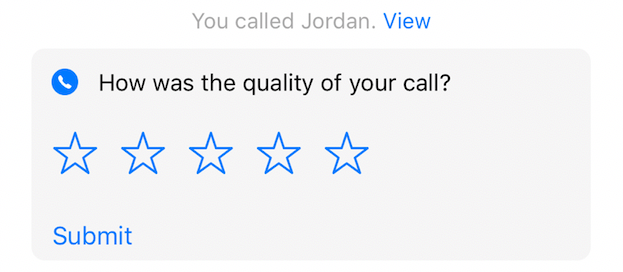
Call apps generally also try to get users to rate their quality of the connection after the call ends. While the developers surely have access to the data behind connection speed and consistency, what really matters is how the user felt during that call. It’s all about how user experience a product and you have to ask them. Similarly, how a piece of clothing fits relative to the user expectation is what matters. Amazon knows the size, but not what’s in the users brain.
Notice how much of Google Map’s listing for Hotel Biron is crowdsourced. The subjective stuff is what I really want to know when researching spots.
Lesson #3: Rewarding users with status creates power users
In the previous examples, the amount of crowdsourced info was light, and it’s not very burdensome to ask users to click through one or two screens. But as the amount of work the crowdsourcee needs to do to achieve the desired outcome, the more they need to be rewarded to do so. Social status is how companies have successful created incentives within their ecosystem. People care a lot about how the rank relative to others, and this breeds a system of competitive power users as a result.
Amazon, for example, relies very heavily on customer reviews and input to build trust about their platform. As reviewers add more content, they get badges alerting other users of their clout in the system, climb up the Rankings, and eventually start getting free stuff to review.

 The #1 Amazon Reviewer gets paid in free quinoa.
The #1 Amazon Reviewer gets paid in free quinoa.
Google has also recently implemented a system for gathering reviews, called local guides. Since their maps data gets more and more useful as hard-to-gather data enriches their location data, they want to reward their dedicated users and incentivize them to add more and more. This is pretty standard Gamification stuff.
As you enter more information about businesses, you level up and get the Local Guide status badge that appears on your reviews of places. You’ll get surfaced higher amongst the other reviews, and you’ll start to feel superior to your other friends because you have the best taste. At least thats the idea.
The lesson here is that the more data you require users to voluntarily submit, the higher the payoff needs to be on their end. Power users love the status loop.
Another example of this is the ecosystem of Endorsements on LinkedIn, which was introduced well after Recommendations were. Writing a paragraph or two for a recommendation is a lot to ask — but endorsements are pretty easy to do. The more you interact with this system, the higher status you might appear professionally.
Conclusion: Crowdsourced data creates interesting design interactions.
There is something beautiful when you see unique crowdsourced data in a system. It’s user opted in, creating an exchange for value between the user and the developer. It helps make applications feel social & collective, and helps quantify the unquantifiable. Collect data from the user, not about the user.
The Golden Age of Crowdsourcing: 3 Important Lessons was originally published in Hacker Noon on Medium, where people are continuing the conversation by highlighting and responding to this story.
Disclaimer
The views and opinions expressed in this article are solely those of the authors and do not reflect the views of Bitcoin Insider. Every investment and trading move involves risk - this is especially true for cryptocurrencies given their volatility. We strongly advise our readers to conduct their own research when making a decision.
